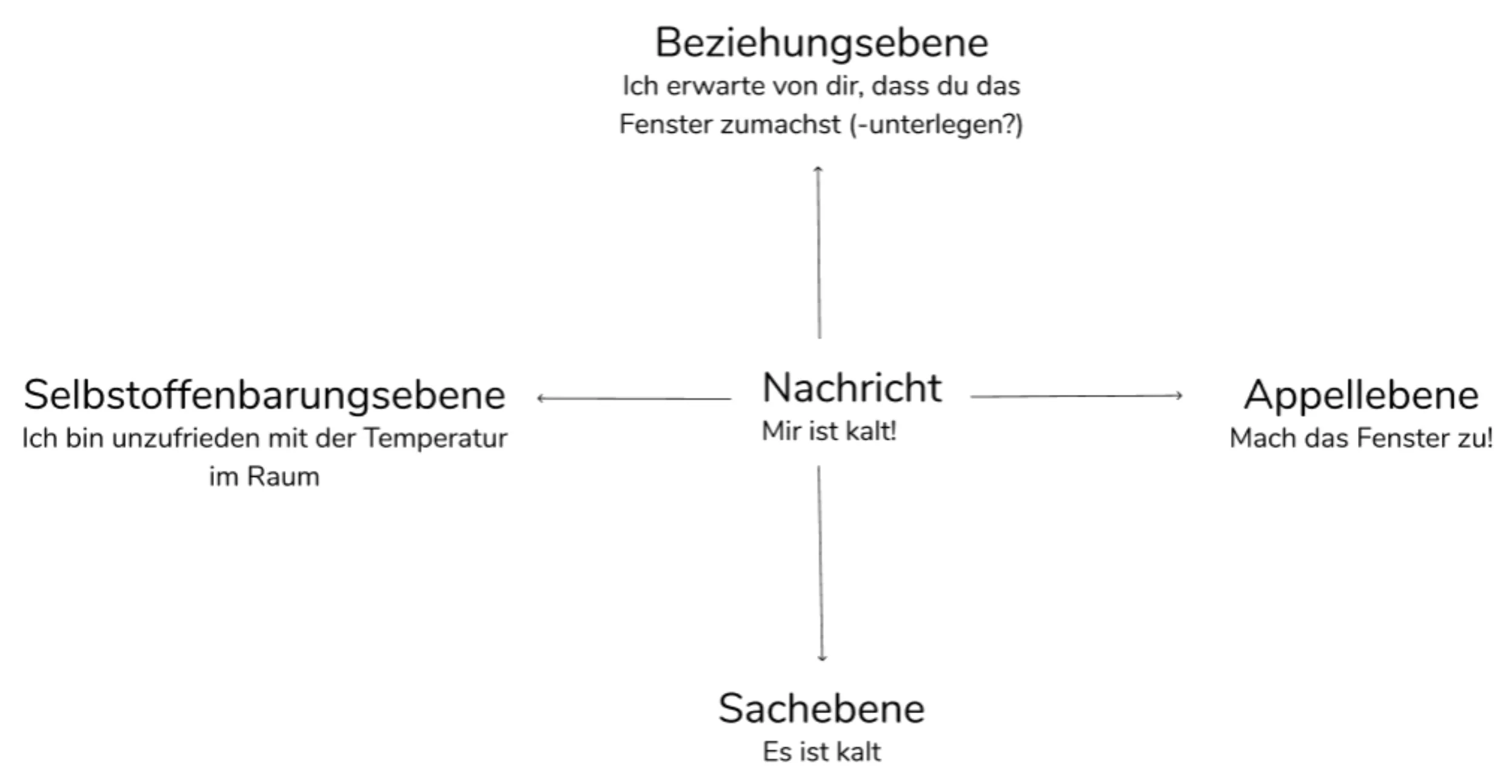
3 Psychological facts about team member behavior
First things first: You want to take your remote retro to the next level, e.g. reflect the agile values in it? Then this way:
In the forest of technical terms, you can easily get lost in psychological papers. But psychological research has already produced many curious findings that can help you change behavior - and increase satisfaction and performance in your teams.
We present 3 exciting psychological facts about the behavior of your team members and give tips on how you can use the research results in practice.
1. Psychological fact about behavior: Fundamental attribution error - is mindset really that important?
Imagine your new colleague giving a lecture. He behaves nervously, sweats, trembles, and often messes up. You probably think he has a shy personality, don’t you? On the next company outing, however, he is very charismatic, jokes and talks to everyone.
You had apparently misjudged him completely: The unusual situation “lecture” caused his nervous behavior. So we overestimated the influence of personality and underestimated the situation. This common cognitive error is called the “Fundamental attribution error” - because it is so fundamentally common in our Western society. Try to pay attention to it in your everyday life - it is a classic of personality psychology for a reason.
But what does that have to do with your work? Quite simply: The word “Mindset” has been on everyone’s lips lately. So we pay a lot of attention to the mindset one person; It is often underestimated how much influence the work situation has on the behavior of this person or a team member. The nice thing: the worksituation is often much easier to change!
Change behavior through situation instead of mindset
Scientists from Groningen found that the satisfaction, concentration and productivity of your employees are significantly increased if there are at least 2 plants in their field of vision during work. And employees who work at a window with natural light sleep an average of 46 minutes longer at night - and therefore have a productivity rate up to 40% higher than their colleagues with artificial light (World Green Building Council). A nice psychological fact, and so you can see: It is worth paying some attention to the work situation.
By the way: If you are interested in more psychological background information on the topic of mindset - and how to change mindset - feel free to check out our Blog series on the subject !
2. Psychological fact about behavior: Emails - a curse or a blessing?
Many still know it from school: the 4-ear model by Schulz von Thun. What was that again? According to the model, each message (spoken or not) has four different levels. On the relationship level, you tell him how to find him, on the appeal level, what you want from him, the self-disclosure level describes what you reveal about yourself with the message, and the factual level is the mere content of what has been said (see Illustration).

Much of the communication is non-verbal or para-verbal. The sentence “This has to be ready by tomorrow” can be understood quite differently depending on the emphasis and context: just an info? Complaint about the short deadline? Appeal to hurry up please? Face-to-face communication can easily convey what the speaker implies.
However, especially in remote teams, communication often takes place digitally!
The research team around Kristin Byron from New York discovered that negative emotions are increasingly perceived in e-mails, while positive ones are weakened or even overlooked. This is mainly due to the fact that we cannot use the gesture, facial expressions or voice of the other person in a written text for interpretation.
This psychological fact indicates that we should keep in mind when composing emails: What do I want to say with my message and what can possibly be misunderstood? In this way, unwanted conflicts can be avoided. If you are interested in further tips on remote team building, please have a look in our blog article .
3. Psychological fact about behavior: The Iceberg of Ignorance
What do the Titanic and your team have in common? At first glance, maybe not much (hopefully not both will sink …). However, according to Yoshida’s study on problem communication in organizations. Because your team could also have problems with an iceberg. Although this is only a theoretical one, it poses no fewer dangers: the Iceberg of ignorance.
According to Yoshida’s research results, the communication of problems in companies is comparable to an iceberg, the bulk of which floats below the surface of the sea and cannot be seen from above. The higher the hierarchy level, the less the managers know about the everyday problems of the employees (see figure).

It is clear that the members of your team quickly feel frustrated and misunderstood if the boss prefers to set up a new coffee machine instead of investing in easier-to-use software. Something that is explained by the psychological fact described suffers from motivation and ultimately performance.
That is precisely why we recommend (not entirely unselfishly) that communication in companies be carried out regularly agile team retrospectives enrich. They are a relatively simple but highly effective way to get teams to reflect regularly. And if you also do the retros with the software from Echometer, it also helps Challenges also visible across all teams for stakeholders to do - and thus slowly melt the Iceberg of Ignorance.







